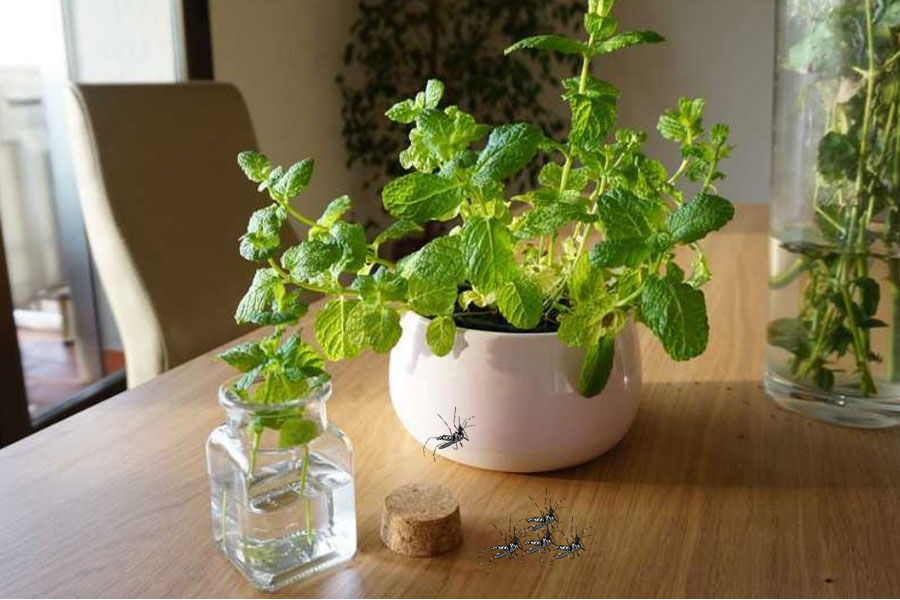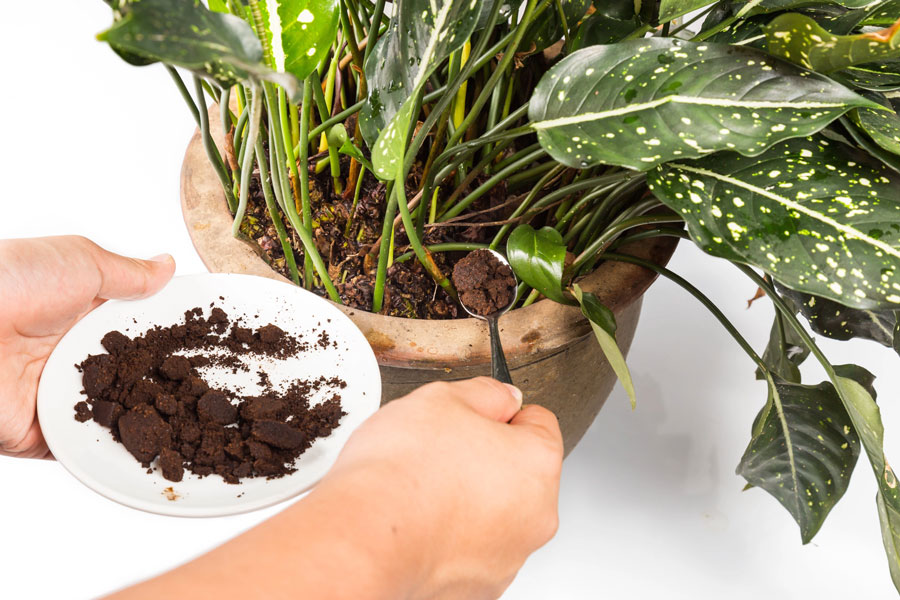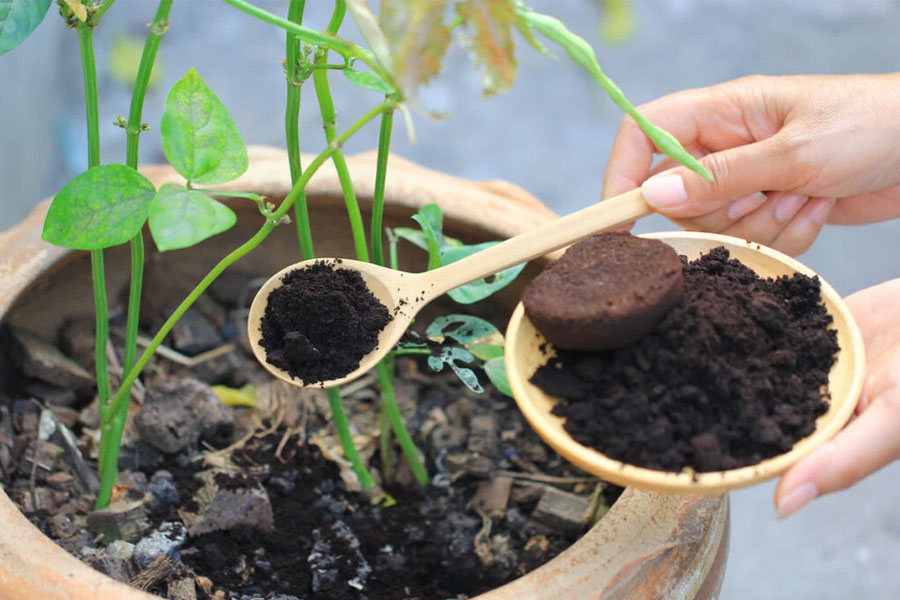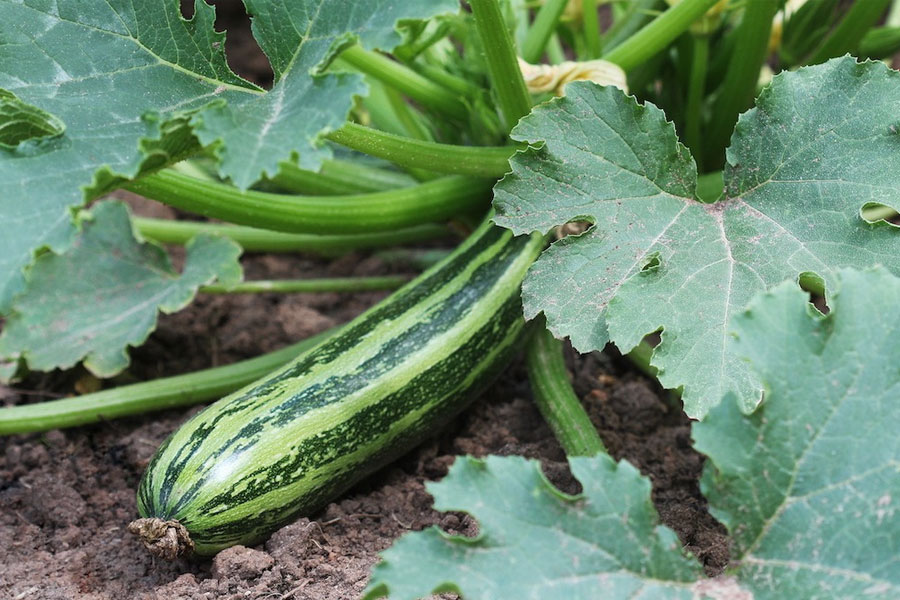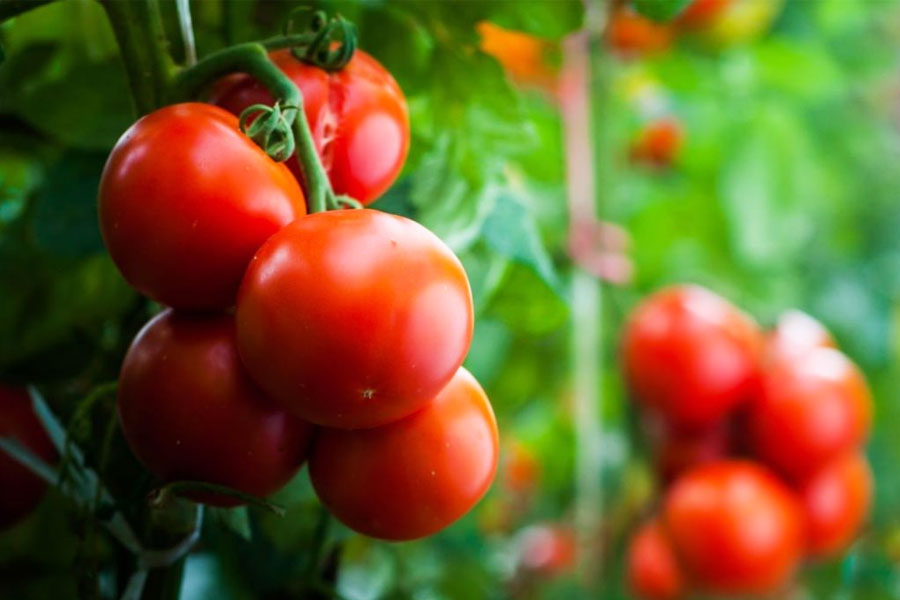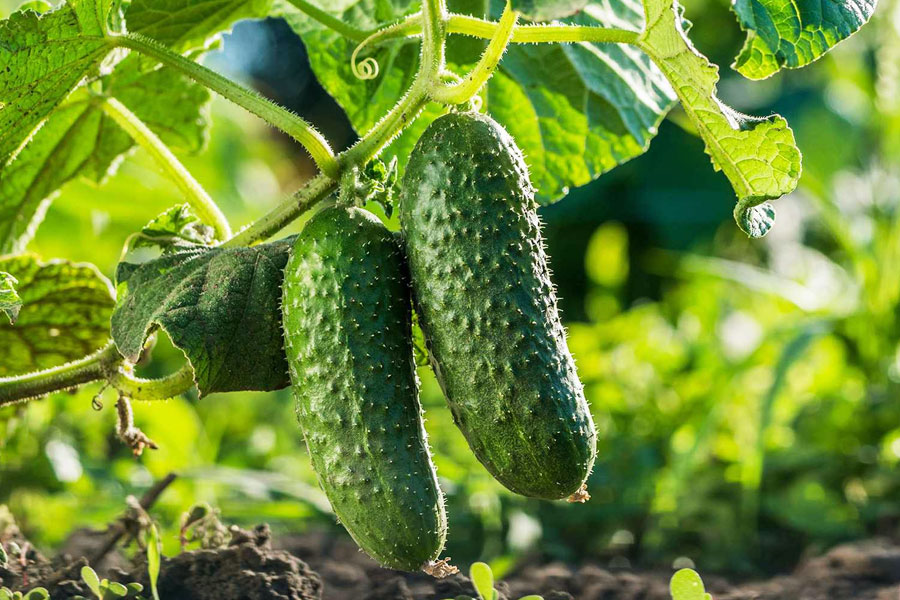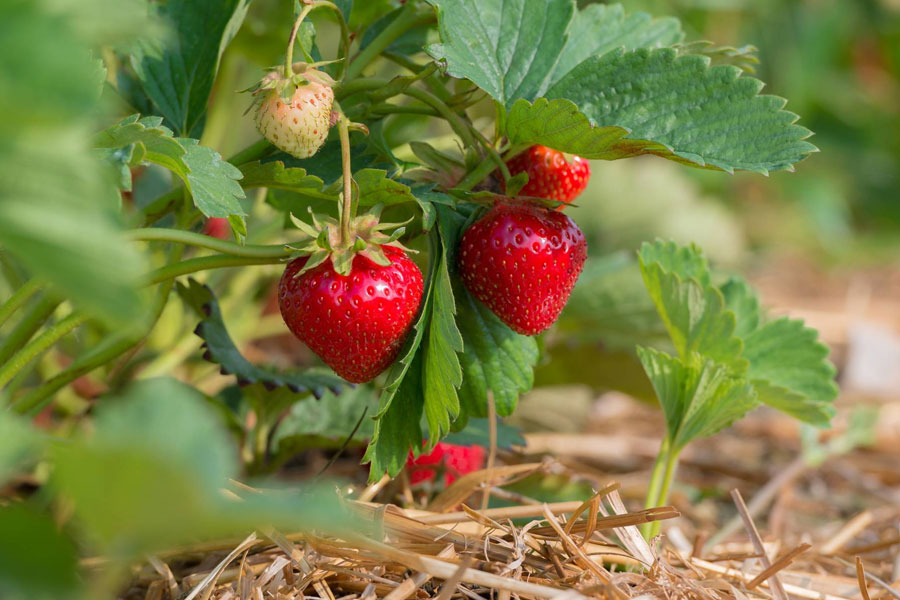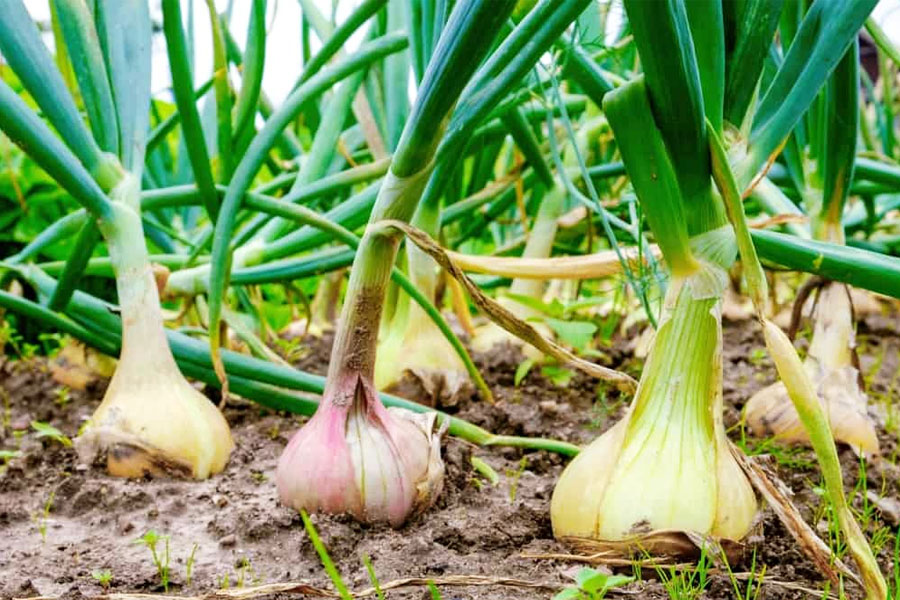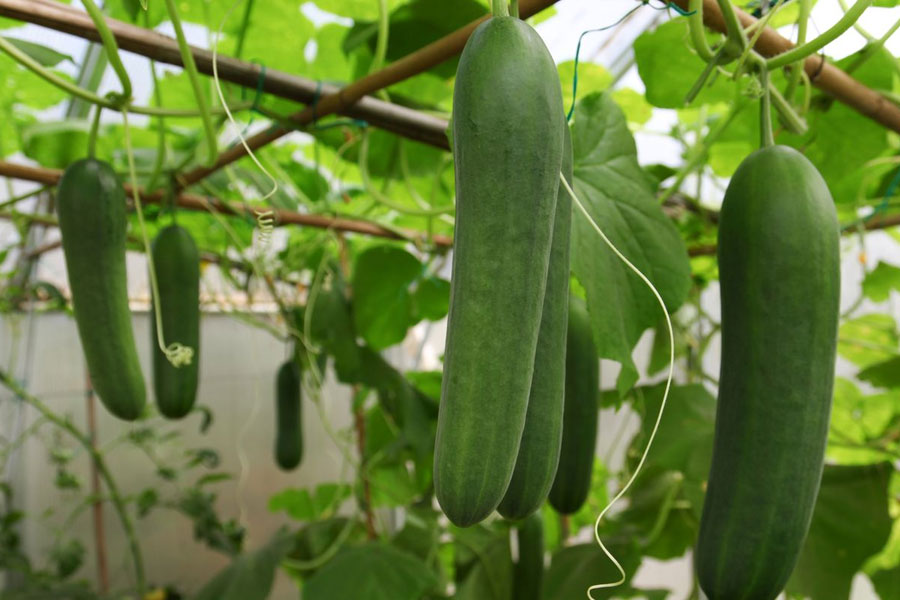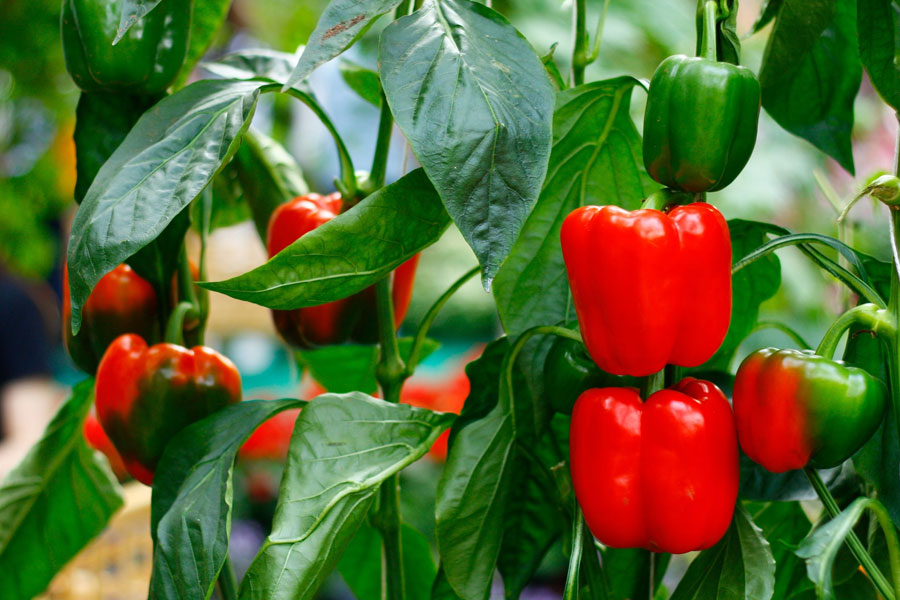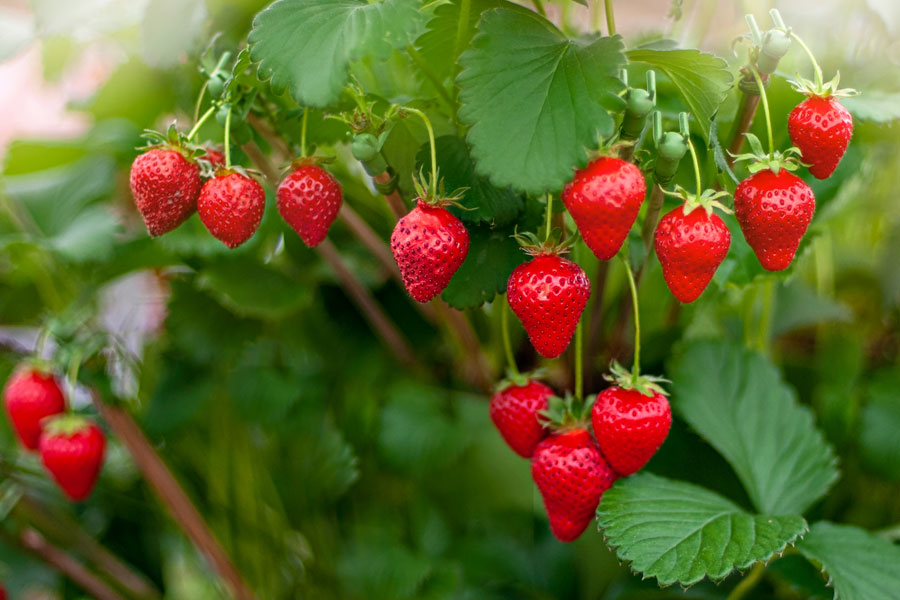
Mitochondria is an organelle that is found in the cells of most eukaryotes. These are the double-membraned organelles. These organelles play a critical role in cellular respiration. It also helps in generating adenosine triphosphate (ATP), which is the primary energy currency of the cell. It is too important for every living thing to go through this production process for various cellular functions and overall plant health. So, Do plants have mitochondria? Through this article, we will answer this.
Why Do Plants Need Mitochondria?

Every eukaryote has Mitochondria, and the plant is one of those. These are often termed the powerhouses of the cell. For plants, it comes with several functions in both cellular biology and medical research.
- Energy Production: Mitochondria are the powerhouses of the cell. They produce ATP (adenosine triphosphate), the primary energy currency of the cell, through a process called cellular respiration. While chloroplasts generate energy during photosynthesis, this process only occurs in the presence of light. Mitochondria provide a constant supply of energy regardless of light conditions.
- Respiration: Plants undergo cellular respiration in mitochondria, breaking down sugars produced during photosynthesis to release energy. This process is essential for cells to perform various functions, including growth, repair, and maintenance.
- Metabolic Intermediates: Mitochondria are involved in producing metabolic intermediates necessary for various biosynthetic processes, including amino acid and lipid synthesis.
- Stress Responses: Mitochondria play a role in the plant’s response to stress. They help manage oxidative stress by regulating the production of reactive oxygen species (ROS) and maintaining cellular redox balance.
- Cell Signaling: Mitochondria are involved in cell signaling pathways that regulate growth, development, and programmed cell death (apoptosis).
Overall, mitochondria are crucial for maintaining the energy balance and metabolic functions of plant cells, ensuring their survival and proper functioning.
Functions Of Mitochondria
Many people often want to know, “Do plants have mitochondria, and what is their main function?” So here are the functions.
1. ATP Production

The primary role of mitochondria in plants is to make adenosine triphosphate or ATP. ATP can be produced through oxidative phosphorylation. In this process, it contains the electron transport chain and generates a proton gradient across the inner mitochondrial membrane. It also drives ATP synthesis, which is important. ATP provides the energy necessary for various cellular processes, including growth, repair, and maintenance.
2. Metabolic Regulation

Mitochondria produce intermediates that are essential for biosynthesis. It is the key molecule that includes amino acids, nucleotides, and lipids. The tricarboxylic acid (TCA) cycle, also known as the Krebs cycle, occurs in the mitochondria and generates important intermediates for other metabolic pathways.
3. Calcium Storage

Mitochondria is the mentor that regulates intracellular calcium levels. It is too crucial for cellular processes, including muscle contraction, neurotransmission, and cellular signalling. It is important for plants that can help to grow.
4. Apoptosis Regulation

Plants have Mitochondria, which play a key role in programmed apoptosis. It helps by releasing cytochrome c and other pro-apoptotic factors, initiating the apoptotic signalling cascade.
5. Heat Production

Mitochondria also helps trees in heat production that comes with brown adipose tissue. It is also involved in thermogenesis, which helps produce heat by uncoupling ATP synthesis through the action of uncoupling protein.
6. Photorespiration

When it comes to plants, mitochondria play a role in photorespiration. It is a process that occurs when the enzyme Rubisco oxygenates RuBP, leading to the formation of 2-phosphoglycolate. This is the most toxic and is recycled through a series of reactions involving the chloroplasts, peroxisomes, and mitochondria.
7. Growth Regulation

Mitochondria is beneficial in providing energy to plants, which is crucial for plant growth and development and supports processes such as cell division, elongation, and differentiation. This factor is too useful to plants.
Frequently Asked Questions
1. What is the role of mitochondria in plant cells?
Mitochondria generate ATP through cellular respiration, providing energy for various cellular processes in plants.
2. How do mitochondria in plant cells differ from those in animal cells?
Mitochondria in plant cells are similar to those in animal cells but work alongside chloroplasts, which are unique to plants.
3. Do plant cells rely solely on mitochondria for energy?
No, plant cells also rely on chloroplasts for energy production through photosynthesis, in addition to mitochondria.
4. Can plant mitochondria perform photosynthesis?
No, plant mitochondria cannot perform photosynthesis; this function is carried out by chloroplasts.
5. Are mitochondria present in all parts of the plant?
Yes, mitochondria are present in all living parts of the plant, including leaves, stems, roots, and flowers.
Conclusion
Mitochondria are indispensable organelles with multifaceted roles in cellular energy production, metabolism, and regulation of cell death. Their significance extends beyond basic biology into medical research, where they are pivotal in understanding and treating a wide range of diseases, aging, and metabolic disorders. So many people become confused and ask If plants have mitochondria. So here you can get your answer and the main function that can help a plant.

